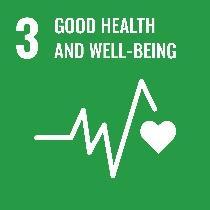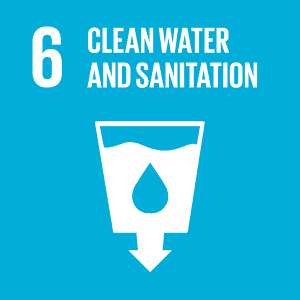Project Profile
Project Location
Monongalia County, West VirginiaProject Operator
West Virginia Land TrustProject Type
PreservationProject Credits
4,394Credit Availability
AvailableProject Contact
Rick Landenberger, Science and Land Management Specialist, rick@wvlandtrust.orgWest Virginia Land Trust (WVLT) conserved 28 acres of forestland on the Callen Property in Monongalia County, WV, as part of a carbon project. The 36.6-acre Callen property was donated in fee to the West Virginia Land Trust in September 2022, by the Callen family, well-known developers and land conservationists in the state. Preserving the forest as a carbon project will generate maintenance and stewardship funding to ensure long-term forest health, high-quality wildlife habitat, and public health and recreation benefits for generations to come.
The 28-acre woodland, which comprises the Project Area, is a closed-canopy forest of maples, poplar, cherry, oak, and hickory that ranges from 40 to 80 years old. The Callen property that encloses the Project Area lies along the City of Morgantown boundary and is surrounded by commercial and residential development. In accordance with Monongalia County practice, it is not currently zoned for any use; a recent appraisal estimates the current market value at $1.2 million due to its potential for residential development. As part of enrolling the property in a carbon project, WVLT will be recording a deed restriction to protect the Project Area forest.
From the West Virginia Land Trust’s standpoint, preserving the forest as an urban forest carbon project is an excellent example of stacking multiple benefits, maximizing the direct and indirect benefits of healthy forest ecosystems such as nutrient cycling, wildlife habitat, stormwater management, air quality improvement, outdoor recreation opportunities, and mental health benefits within urban greenspace. The property’s proximity to the adjacent airport means the forest plays an important role in reducing noise and air pollution from aircraft traffic. WVLT plans to explore these benefits in more detail throughout the project.
Co-Benefits
Forest preservation projects not only reduce carbon dioxide from the atmosphere, but provide ecosystem services or co-benefits that can be quantified. The co-benefits from this project represent a savings (avoided costs) of $67,275 per year, and $2,691,013 over 40 years.
- Rain interception (stormwater management) – 7,270 m3/year, $52,055 per year
- Air quality – 0.3043 t/yr, $458 per year
- Energy – cooling (electricity) – 57,233 kWh/year, $4,344 per year
- Energy – heating (natural gas) – 1,070,154 kBtu/year, $10,418 per year
Social Impacts
The 17 United Nations Sustainable Development Goals (SDGs) are an urgent call for action and global partnership among all countries, representing key benchmarks for creating a better world and environment for everyone. Well-designed and managed urban forests make significant contributions to the environmental sustainability, economic viability and livability of cities.
The main SDGs for this project are described below, with more detailed information in the Project Design Document.

This forest will buffer noise and air pollution from the adjacent airport, expand recreational access to greenspace, and reduce the urban heat island effect.

The forest will capture and store stormwater, reducing sedimentation and keeping water cool during the summer.
![]() This project is adjacent to lower income neighborhoods, and next to an airport. This project protects trees in an already low tree equity area, securing nature-based benefits for these communities.
This project is adjacent to lower income neighborhoods, and next to an airport. This project protects trees in an already low tree equity area, securing nature-based benefits for these communities.
Total Credits Issued: 4,394
- 2024: 4,394 credits issued
Total Credits Sold: 0
Total Credits Retired: 0
Total Credits Cancelled: 0
Total Credits Available for Purchase: 4,394
